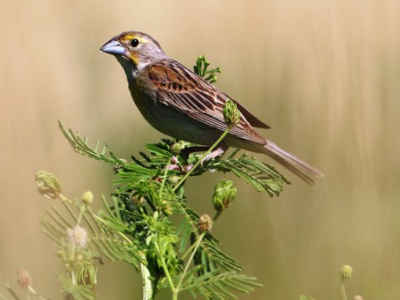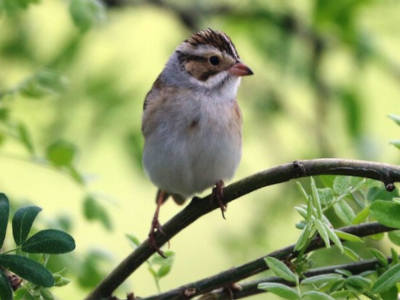By Scott Schrage
What?
Populations of grassland-dwelling birds are declining worldwide. In North America, those populations have plummeted by an estimated 50% in the past half-century.
As home to the Nebraska Sandhills, one of the largest contiguous prairies in North America, the Cornhusker State supports grassland species that include meadowlarks, bobolinks and greater prairie-chickens, to name just a few. But the Sandhills also sustain major ranching operations that rely on the grass, in the form of hay, to feed their livestock. Harvesting that hay during the birds’ breeding season can destroy nests and kill incubating females, contributing to the observed decline.
Prior research suggests that delaying hay harvests until mid-July allows more grassland birds to finish nesting, improving the survival odds of adults and their fledglings.
So what?
A team led by Nebraska’s Christopher Chizinski and Matthew Gruntorad surveyed landowners in Holt and Cherry counties. Of the nearly 300 who responded, about 60% said they would likely be willing to delay their hay harvesting until July 15.

A dickcissel, which breeds in the Midwest and feeds mostly on insects and seeds.
The survey also revealed that landowners are knowledgeable about local bird species. Their willingness to delay harvesting generally increased in tandem with that knowledge. And those who owned livestock were actually more likely to say they would delay, despite the fact that doing so can reduce hay’s nutritional value.
The fact that landowners would consider incurring operational losses to promote bird conservation reflects a longstanding tradition of environmental stewardship in the region, the researchers said.
Now what?
Encouraging livestock producers to delay their hay harvests could prove a practical way to mitigate the decline of grassland birds. Following up with guidance on bird-friendly harvesting — and promoting conservation-based financial incentives offered through federal programs such as the Farm Bill — might help persuade landowners concerned about the potential economic implications of delaying their harvests.

The clay-colored sparrow typically nests on or near the ground.
Source : unl.edu